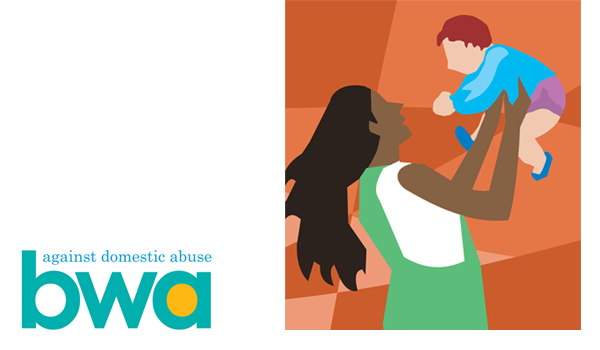Downturns or flat economic times are not great times for charities. Conventionally, tough times are not thought of as good times to spent hard-won cash on refreshing the brand.
But through the recession a surprising number of high profile charities including Macmillan Cancer Support, the Parkinson’s UK and Cancer Research UK to name a few; have invested in renaming, refreshing or updating their brands.
When the economy is slow charity begins at home: fewer people give and those who do give less. Charities have a choice: retrench or try something different in an effort to improve income. One key factor always remains, however; the clearer sponsors, supporters and sympathisers are about what the organisation delivers, its aims, its values, its practical work, the easier it is to engage them in the organisation’s work and secure financial contributions. This is the bench mark against which a not-for-profit brand should be measured: does it provide clarity and help explain the mission.
Charities that take the plunge to modernise, rebrand or refresh and have done so effectively have seen an increase in donations and corporate funders. Macmillan’s rebrand cost £120,000 on the back of which they pulled themselves to eighth in awareness among UK NGOs. Annual income rose from £97.7m in 2005 to £118m in 2009. The 8% real terms increase in income was accompanied by a doubling of the number helped and advised by Macmillan. Rebranding effectively can give the organisation new impetus, restating the purpose, placing its work in an up-to-date context and resulting in the body being taken more seriously by institutional funders and public bodies.
It’s not just the mega-charities that can benefit from a professionally executed re-brand. With a new CEO in place regional domestic abuse charity BWA first revisited their core values and set brand agency Public Impact the brief of updating and refreshing the organisation. Central to the task was changing dated perceptions. Funders and policy makers didn’t appreciate the breadth and depth of BWA’s service offer. The brief required a brand that put that right, emphasised the positive outcomes achieved for clients, matched the values and provided a platform for clearly communicate the extent of the service and the innovative partnerships in which BWA is engaged.
BWA’s aims and values process required the projection of the organisation as: welcoming and empowering, non-judgemental, offering places of safety; building trust, equality and raising awareness. Public Impact’s Creative Director, Jane Coney, sums up the rebrand as a change of tone to one of hope and optimism.
“Domestic abuse organisations like BWA offer the prospect of a new start for their clients. It is an opportunity for survivors of domestic abuse to move toward a more hopeful prospect. The brand needed to be about solutions not problems, hope not despair”, says Jane.
“As well as reflecting the values and projecting optimism we set out to create a BWA brand identity that would reach potential clients across traditional and digital media. The diverse, positive colour palette facilitates the future development of sub-brands, works well online and it has the visual impact to break through the noise as an effective platform for advocacy. It’s fresh, it’s modern but most importantly its use of illustrations is warm, welcoming and hopeful.”
BWA, has now secured medium term contracts to provide specialist refuge services to a number of key local authorities and continues to support a 6,000 call per year helpline, support and behavioural change programmes. Like many forward-looking third sector organisations, it reshapes itself and will continue to evolve. The brand now has the capacity to move with it.
Rebranding is often characterised as an expensive luxury – and sometimes agencies are their own worst enemy. Beware of agencies touting change that casts aside the value of an existing brand for the sake of fashion. Rebranding or refreshing an identity should build on solid foundations where they exist and need not be a huge outlay. A charity and with a coherent design and a strategic approach to rolling out the new brand can produce a return on investment within the first year.

